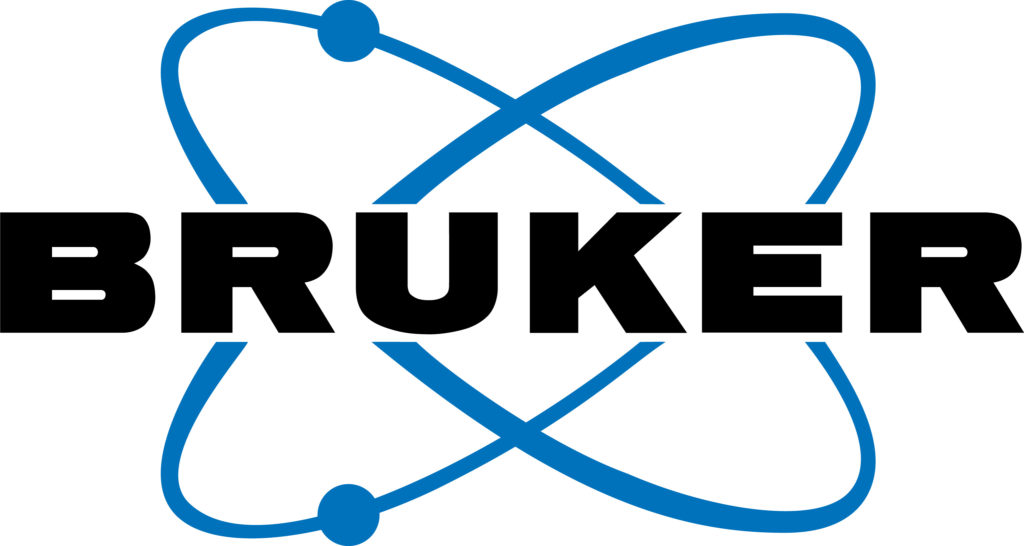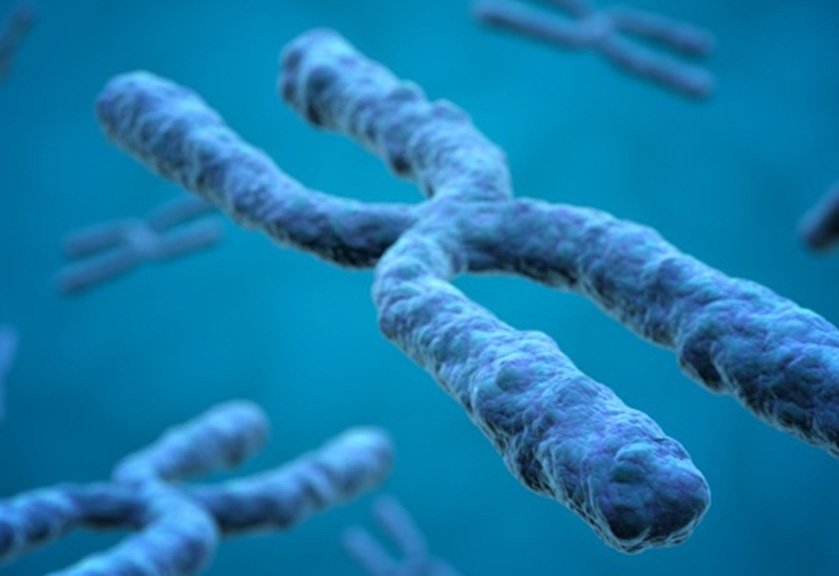Panelists:

David Ezra Gordon, PhD
Asst. Prof. and Principal Investigator
Department of Pathology and Laboratory Medicine
Emory University School of Medicine
Panelist

David Ezra Gordon, PhD
Dr. David Ezra Gordon is an Assistant Professor at the Emory University School of Medicine. He earned his Bachelor of Science from Cornell University and Ph.D. from the University of Cambridge. Gordon’s research background spans cell biology, molecular biology, experimental genetics, virology, systems biology, mass spectrometry, and immunology. The Gordon Laboratory investigates the biochemical mechanisms that regulate immune function, with a focus on pathogen infection and the tumor microenvironment. Using cutting-edge mass spectrometry, the lab maps biochemical states and interaction networks and applies experimental genetics to identify critical nodes driving immune activity and dysfunction. The Gordon Lab collaborates closely with academic and industry partners to push the boundaries of immunology and accelerate therapeutic discovery.
- Time:
T-cell exhaustion is a hallmark of failure to control cancer and chronic infection. Immune checkpoint blockades (ICB), such as PD1 blockade, can restore functionality to exhausted T cells and have significant success as a cancer immunotherapy. However, the success rate of ICB varies among patients and cancers, and responses are not always durable. A deeper mechanistic understanding of the protein circuitry of T-cell exhaustion could guide drug developers to more effective immunotherapies.
In this GEN webinar, David Ezra Gordon, PhD, will describe a proteomics-driven approach for studying T-cell exhaustion to identify potential immunotherapy targets. The Gordon Lab used trapped ion mobility spectrometry (TIMS) to create a proteomic and phosphoproteomic atlas of in vivo exhausted, antigen-specific CD8⁺ T cells, partnering with their collaborators in the Mohammed Abdel-Hakeem Lab (Emory University) who generated samples using the LCMV mouse model. Besides identifying classical features of T-cell exhaustion, the analysis revealed upregulated proteins in exhausted T-cells that transcriptomic analysis missed. Leveraging a highly optimized phosphoproteomic enrichment approach that requires no specialized robotics, their atlas also reveals an unprecedented biochemical perspective on exhaustion regulation. The webinar will highlight the capabilities of Bruker’s timsTOF Pro 2 technology and its data-independent acquisition parallel accumulation serial fragmentation (dia-PASEF®) technology for proteomics and phosphoproteomics studies. Key learnings for the webinar:
- How conservation analysis identifies phosphosites to prioritize for follow-up experiments.
- How protein abundance analysis with TIMS reveals exhaustion-associated protein expression.
- How phosphoproteomics provides unprecedented insights into the biochemical landscape of T-cell exhaustion.
A live Q&A session will follow the presentations, offering you a chance to pose questions to our expert panelists.
Produced with support from:
The post Mapping the T-Cell Exhaustion Proteome Using Trapped Ion Mobility Mass Spectrometry appeared first on GEN – Genetic Engineering and Biotechnology News.





